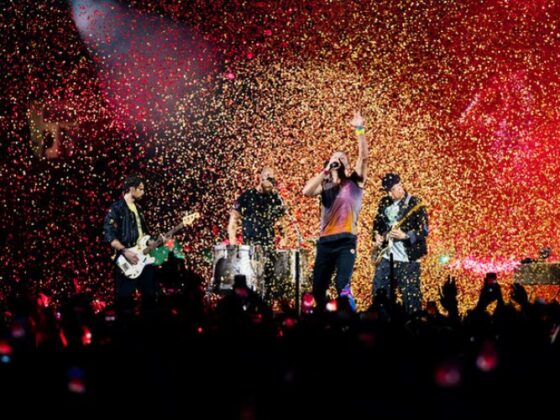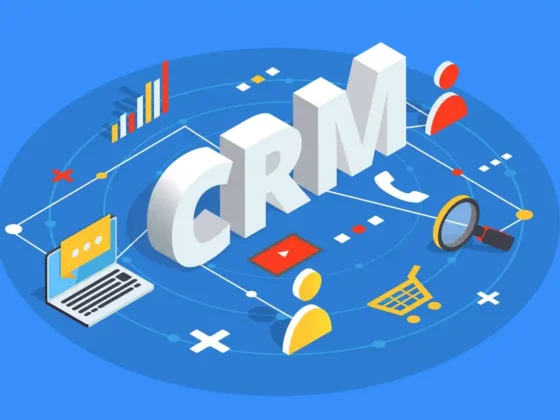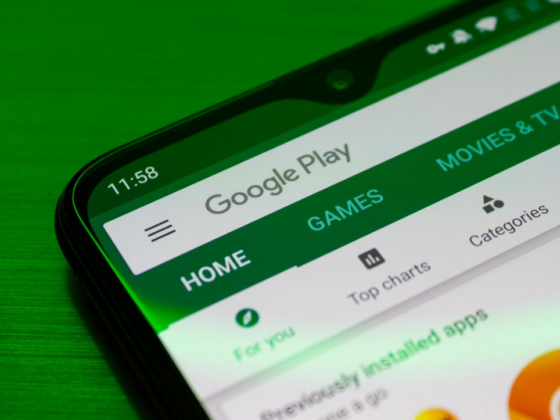Creating a distinctive and effective logo is an essential part of developing a brand identity. A well-designed logo may express a brand’s ideals, personality, and soul in a single graphic mark. In this step-by-step guide, we’ll walk you through the whole logo creation process, from concept to finished symbol.
Working with a Logo Design Company
Developing a professional and compelling logo takes skill and imagination. Working with a reliable logo design company may shorten the process and guarantee that your logo effectively reflects your brand and appeals to your target audience. These experts have the knowledge and experience to walk you through every stage of the design process, from idea to icon.
1. Research and Discovery
The initial phase in logo creation is study and discovery. This entails knowing the brand, its target audience, rivals, and industry developments. Research provides logo designers with insights that guide the design process and guarantee that the logo appropriately reflects the brand’s identity and values.
2. Conceptualisation
Once the research is completed, the following phase is conceptualisation. This entails brainstorming ideas and sketching preliminary sketches for the logo. Designers research various visual components, typography, and symbols that might successfully represent the brand’s message.
3. Sketching and Drafting
With basic ideas in mind, designers start sketching and drawing logo designs by hand. This enables designers to quickly explore multiple design directions and experiment with different forms, layouts, and compositions.
4. Digital Rendering
After the first sketches are completed, designers use graphic design tools to depict them digitally. They hone the chosen concepts by experimenting with font, colour palettes, and visual aspects to create polished digital versions of the brand.
5. Feedback and Iteration
After developing digital versions of logo designs, designers solicit input from clients and stakeholders. This input aids in identifying design strengths and flaws, as well as guiding future refinement and iterations.
6. Refinement
Based on input, designers fine-tune the chosen logo concepts, improving readability, balance, and visual impact. This might include altering the typeface, modifying dimensions, or experimenting with new colour combinations.
7. Presentation
After refining the logo concepts, designers offer the final logo designs to the customer. This presentation contains prototypes of how the logo might appear in various applications, such as business cards, letterheads, and websites, to give a complete picture of its possible use.
8. Finalisation
Once the customer has approved the final logo design, designers prepare the files for distribution. This includes establishing several file formats (such as vector files for scalability and raster files for online use) and ensuring that the logo fits any technical specifications for printing or digital use.
9. Delivery and Implementation
The final stage is to give the logo files to the customer and, if necessary, aid with deployment. To ensure uniformity across all brand assets, logo designers may include recommendations on how to use the logo effectively, such as size, spacing, and colour usage.
Conclusion
Logo design is a laborious process that includes research, conceptualisation, drawing, refinement, and finalisation. Following this step-by-step tutorial will help businesses design distinctive and successful logos that effectively reflect their corporate identity and values. Whether you’re a startup wanting to develop a brand or an existing firm rebranding, partnering with a logo design studio may help you reach your branding objectives and leave an impact on your audience.







